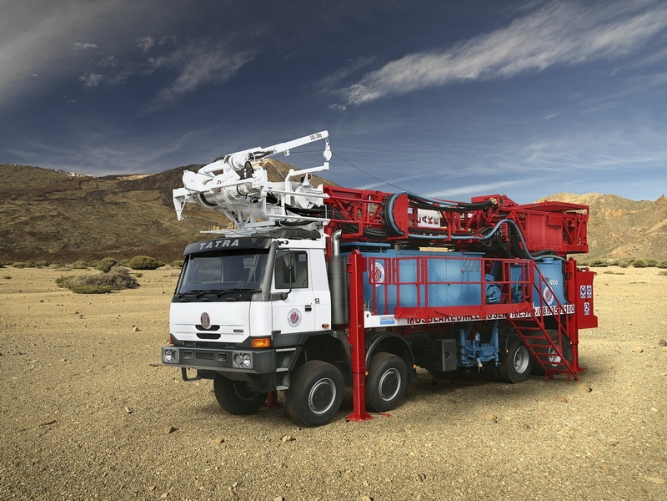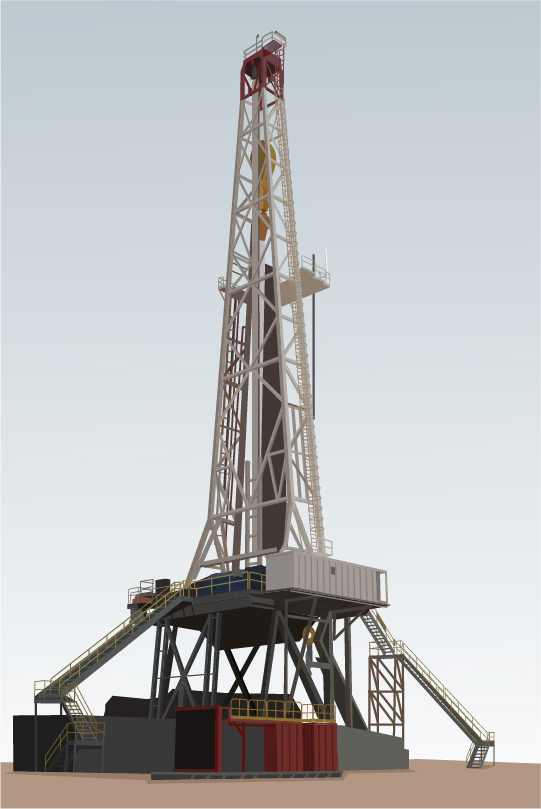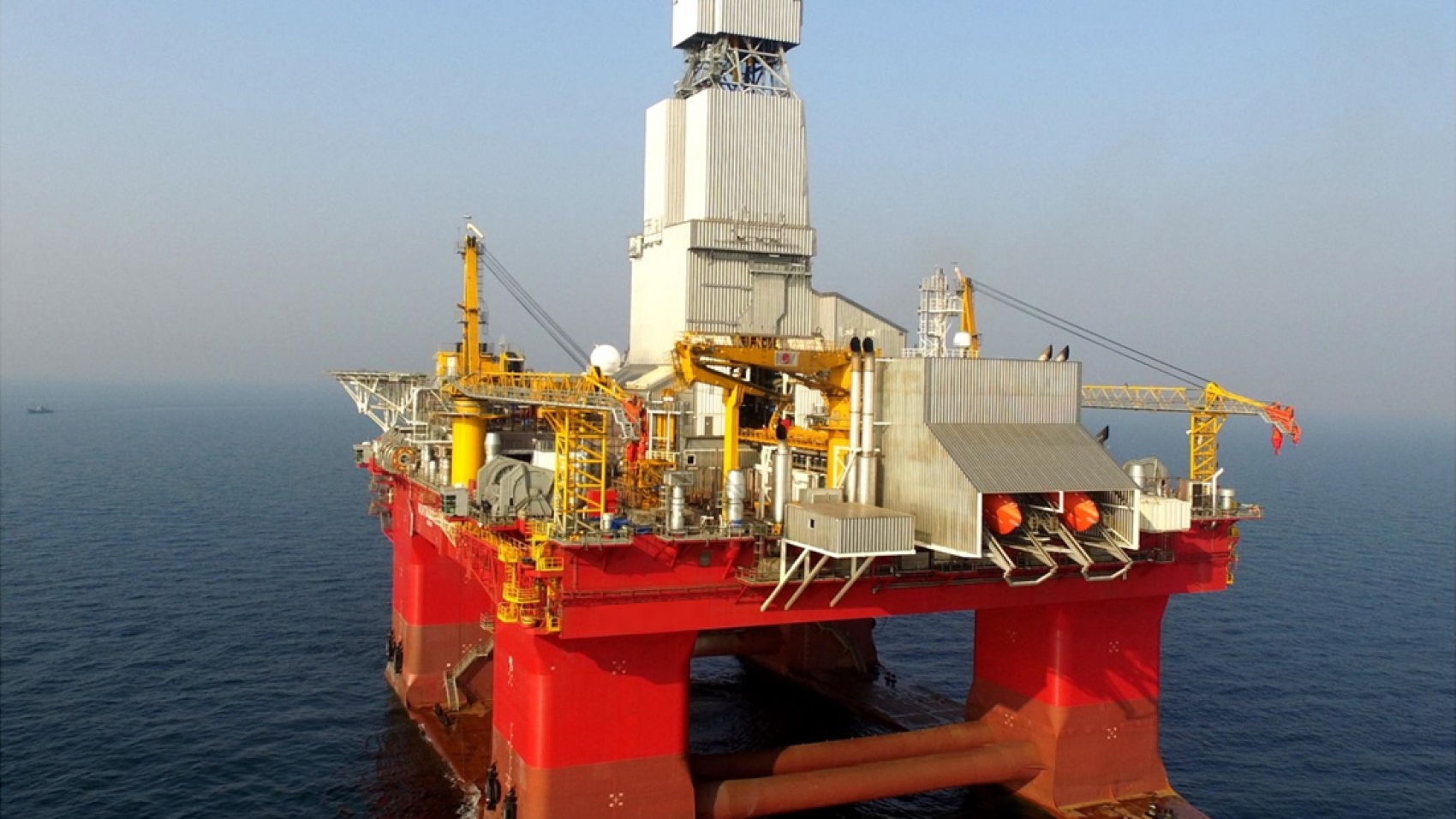The smart Trick of Revenue Information Bulletin That Nobody is Discussing

All about Half a million Gulf of Mexico acres leased for offshore oil drilling

for 85 team members, Helideck: 80'x 61 ', Cap.: 9 t ranked for AS 332 ******************************************************************************************************************************************************. Offshore drilling began in Source , just 38 years after Col. Edwin Drake drilled the initially well in 1859. H.L. Williams is credited with drilling a well off a wooden pier in the Santa Barbara Channel in California. He used the pier to support a land rig beside a current field. By 1921, steel piers were being used in Rincon and Elwood(California)to support land-type drilling rigs.

Offshore recovery likely bumped out to 2022 or even beyond - Drilling Contractor

The Afterlife of Old Offshore Oil Rigs - ASME
In 1932, a steel-pier island( 60 90 ft with a 25-ft air gap )was constructed mile offshore by a little oil business, Indian Petroleum Corp., to support another onshore-type rig. Although the wells were disappointing and the island was damaged in 1940 by a storm, it was the leader of the steel-jacketed platforms of today. Consequently, a 9,000-ft well was drilled in 1941 in style comparable to the California wells by usage of a wooden pier. With the start of The second world war, nevertheless, all offshore drilling activities stopped. After the end of The second world war, the state of Louisiana held an offshore state waters lease sale in 1945. Prior to the latter act, core drilling might be done only till a program of oil and gas. At that time, all drilling needed to stop and the core hole plugged with cement. The first on-water drilling The first" on-water drilling"was born in the swamps of Louisiana in the early 1930s with making use of shallow-draft barges. Canals were, and still are, dredged so that pulls can activate the barges to locations. Later, barges were"published"on a lattice steel structure above the barge, enabling them to work in much deeper water depths by immersing the barge on the bay bottoms. These barges typically needed pilings around them to keep them from being moved off location by winds and waves. The unit, which was a conversion from an inland drilling barge, had two stability pontoons, one on each side of the barge, that hydraulically boosted and down as the barge was submerged and pumped out. These pontoons offered the essential stability for this operation. The Breton Rig 20, later on called the Transworld Rig 40, was a significant advance because it removed the expense
